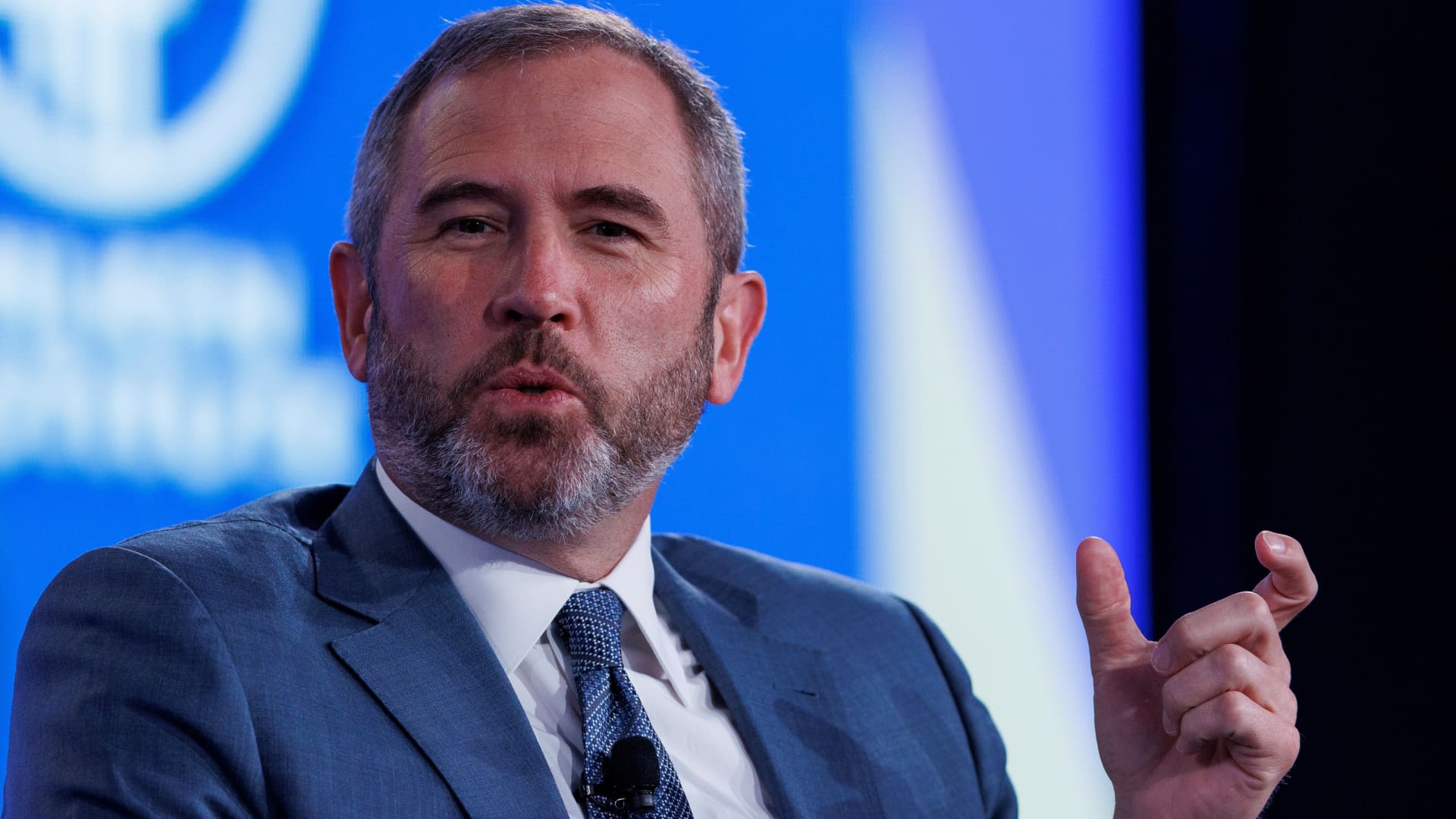© Reuters. FILE PHOTO: U.S. dollar banknotes are displayed in this illustration taken, February 14, 2022. REUTERS/Dado Ruvic/Illustration/File Photo
By Saqib Iqbal Ahmed
NEW YORK (Reuters) -The dollar pared gains against the euro on Friday after U.S. data showed personal consumption expenditure growth slowed in February, supporting hopes of a softer monetary policy approach from the Federal Reserve.
U.S. consumer spending rose moderately in February, likely payback after surging the prior month, and while inflation showed signs of cooling it remained elevated, which could see the Fed raising interest rates one more time this year.
Earlier in the session, data showed euro zone inflation dropped by the most on record in March, but core price pressures, which exclude food and energy, accelerated, maintaining pressure on the European Central Bank to keep raising rates.
The data has left markets positioned for more rate rises in the euro zone than in the United States
“In terms of inflation, I think the Fed is in a better position to the ECB,” said Stuart Cole, head macro economist at Equiti Capital.
“Yes, inflationary pressures are above target, but you look at the U.S. and both headline and core are moving in the right direction, albeit painfully slowly. But in the euro zone you have a divergence which makes policy-making much harder,” Cole said.
The euro was 0.06% lower at $1.08975 after the data. The common currency had slipped as much as 0.37% to a low of $1.08645 earlier in the session.
The Fed is seen as about as likely to raise its benchmark overnight interest rate in May as not. But even if it does, it is expected to reverse course quickly and end the year with rates lower than they began, according to futures contracts tied to the U.S. central bank’s policy rate.
“My gut feeling is that the Fed will go for another 25 basis points in May, and that will be it … but the ECB I can see hiking aggressively still into the summer,” Equiti Capital’s Cole said.
“You can potentially see that being positive for from the interest rate perspective,” he said.
Next week, central bank meetings loom in Australia and New Zealand. Markets have priced in a pause for Australia and a step down in pace to a 25 basis point increase for New Zealand.
Both currencies were little changed on the day after data showed China’s manufacturing activity expanded at a slower pace in March, raising doubts about the strength of a post-COVID factory recovery amid weaker global demand and a property market downturn.
Sterling was about flat on Friday at $1.2393, but on pace to finish the week up 1.3% against the greenback after data showed Britain’s economy avoided a recession in the final months of 2022.
In cryptocurrencies, bitcoin was 1.3% higher at $28,410. The digital currency came under pressure recently as investors worried over cryptocurrency exchange Binance and Chief Executive Changpeng Zhou being sued by the Commodity Futures Trading Commission(CFTC) over regulatory violations.















